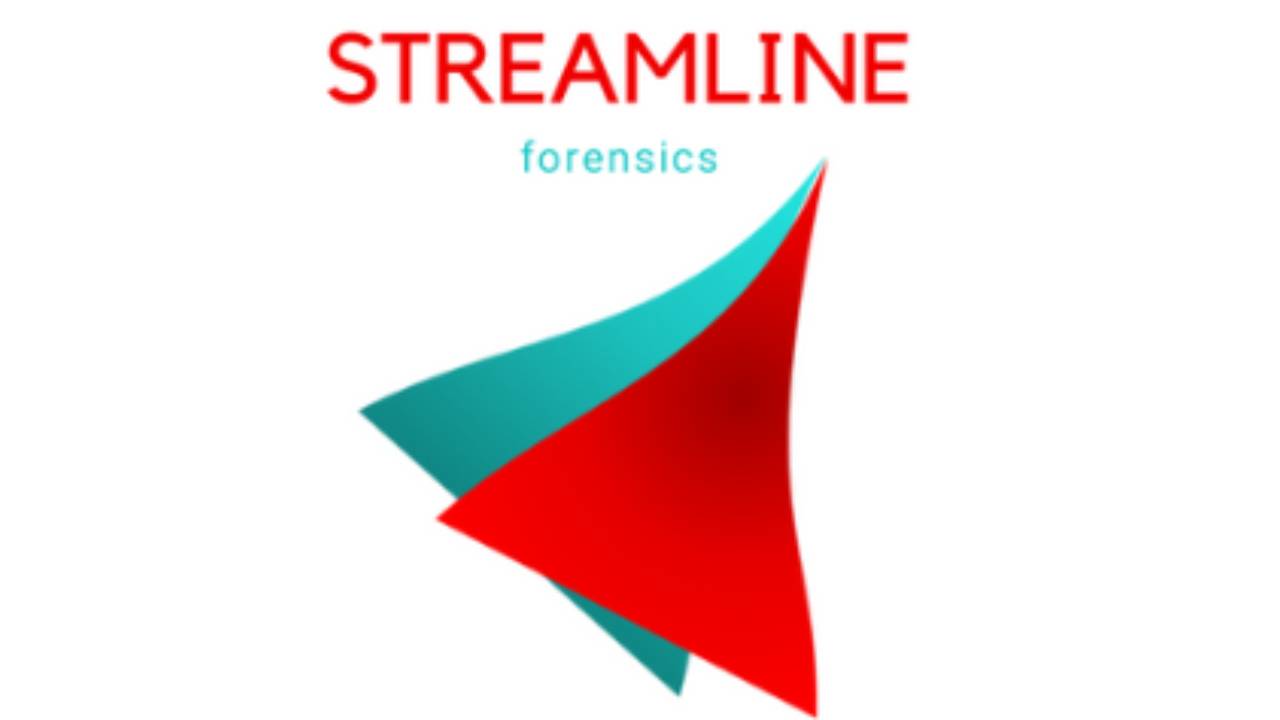The Streamlined Report
Backed by science. Guided by design. A report with everything you need and nothing you don't.
Request an AppointmentTypical Report Process
1
_
Book consult.
2
_
Complete contract.
3
_
Attend interview.
4
_
Receive report.
Report Philosophy
Evaluations aren’t cheap and the stakes are huge. The first step is admitting we have a problem. Psychological evaluations and forensic evaluations need some updates. Reports are too long, too cumbersome, too hard to read. Let’s change that.
Streamline keeps the critical foundations honed from hundreds of evaluations written “the old way.” But innovation means evolution, change, growth, and recognition when things aren’t working. So Streamline now prioritizes information that readers need most. The result is clear reports that cut out unnecessary text and are easy on the eyes. It’s a report that looks and feels different, but functions better in the actual, practical real world.
Here’s how...

It’s ok—we know most readers skip to the end. We’ve studied what courts, probation, and legal experts want, and we think we’ve hit on something pretty great. Opinions aren’t buried in the back under miles of confusing words. But they’re not upfront like a legal brief either; we need a foundation first.

The secret to carving a clear path to the opinion means keeping the narrative (the “heart” of the evaluation) clean, concise, and well balanced. Supplemental information is moved to the back, in appendices or tables. That way it’s all there if you need it, but you can easily digest the foundation and opinion in the early narrative.

Less jargon. Period. If we absolutely have to, we’ll explain it. But we choose words so that you don't need a psychology degree to understand them.

We won’t bury you in words. More space between words and more concise language means that you’re not overwhelmed.

A report is a conversation. Section headings guide the way to answers within the narrative. That’s why you want an evaluation, right? For answers.

We use color, shading, blocking, and sectioning to help your eye move down the page. We structure it for your brain to absorb the material in the most logical, efficient, and consumer-friendly way possible. Kind of like this website, actually. It’s using our powers of psychology for good, to help you understand and learn from the report.

At the end of a report you should understand exactly how the opinion was formed, and exactly what data was used to build the path there. No secrets, no surprises, just the solid work of an experienced professional.

It’s complex, but not complicated. Our job is to answer the referral question. So opinions are framed exactly as the question is posed by the referral. Because our opinions are a direct response to the court order or statutory language, you don't have to wonder what we’re getting at, why we’re saying it, or whether that was a question we were supposed to answer.
Sound Good?
Need More Info?






